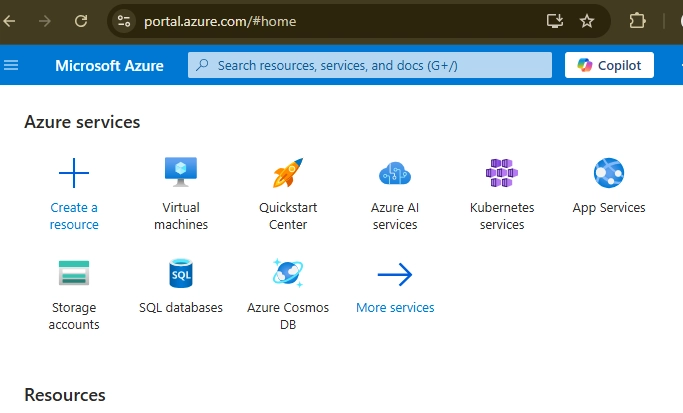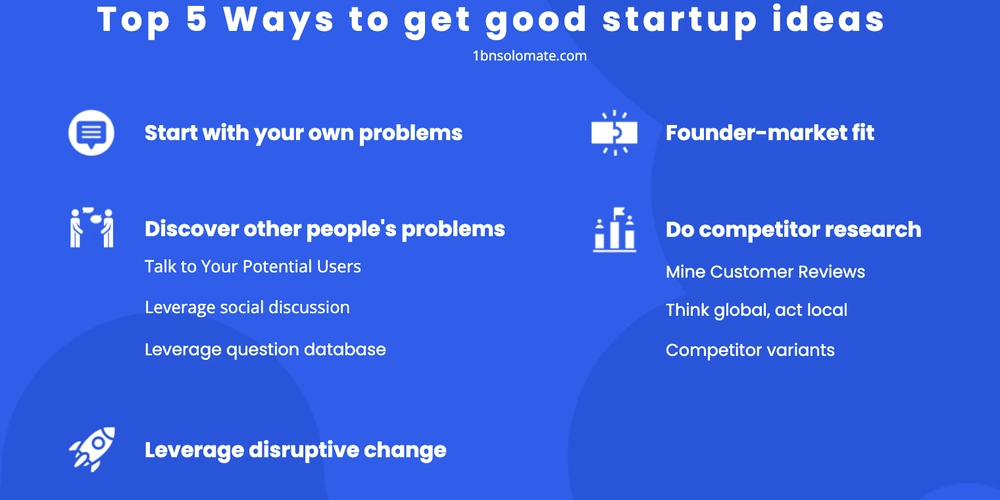CI/CD pipelines with containers
CI/CD Pipelines with Containers Introduction Continuous Integration and Continuous Deployment (CI/CD) pipelines with containers are revolutionizing software development by enabling faster, more reliable application delivery. By leveraging containers, development teams can achieve consistent environments, seamless deployments, and efficient rollbacks, making CI/CD pipelines essential in modern DevOps practices. Technical Details Key Components of CI/CD Pipelines with Containers Version Control System (VCS) – Git, GitHub, GitLab, or Bitbucket for managing source code. CI/CD Tools – Jenkins, GitHub Actions, GitLab CI/CD, or CircleCI for automating build, test, and deployment processes. Containerization Platforms – Docker for creating and managing containerized applications. Container Orchestration – Kubernetes for managing containerized workloads and services. Artifact Repository – Docker Hub, Amazon ECR, or Nexus for storing container images. Monitoring & Logging – Prometheus, Grafana, and ELK Stack for tracking application health and performance. Infrastructure as Code (IaC) – Terraform or Ansible for automating infrastructure provisioning. How Components Interact Developers commit code changes to a VCS. The CI/CD tool detects the changes and triggers a build. The code is compiled, tested, and packaged into a container image. The image is pushed to an artifact repository. The CD pipeline deploys the containerized application to a Kubernetes cluster or a cloud environment. Monitoring tools track application performance and provide feedback for continuous improvement. Real-Time Scenario Analogy: Factory Assembly Line Imagine a modern car manufacturing plant. The production line ensures each car part is assembled, tested, and delivered efficiently. Similarly, a CI/CD pipeline ensures code is built, tested, and deployed reliably using containers. Implementation Breakdown Assembly (Build Stage): Developers commit code, and the CI tool triggers an automated build. Quality Check (Test Stage): The application undergoes unit and integration testing. Packaging (Containerization Stage): A container image is created and stored. Shipping (Deployment Stage): The application is deployed to a Kubernetes cluster. Maintenance (Monitoring & Feedback): The deployed application is monitored for issues and performance. Benefits and Best Practices Advantages Consistency: Containers ensure uniform environments across development, testing, and production. Scalability: Kubernetes enables efficient scaling of applications. Faster Deployments: Automating workflows reduces manual intervention and speeds up releases. Rollback Capabilities: Versioned container images allow for quick rollbacks. Improved Security: CI/CD pipelines can integrate security scans to detect vulnerabilities early. Best Practices Use multi-stage builds to reduce container image size. Implement automated testing at each stage. Keep container images lightweight and minimal. Employ role-based access control (RBAC) in Kubernetes. Regularly scan containers for security vulnerabilities. Implementation Walkthrough Step 1: Set Up Git Repository git init Step 2: Define a CI/CD Pipeline (GitHub Actions Example) name: CI/CD Pipeline on: [push] jobs: build: runs-on: ubuntu-latest steps: - name: Checkout Code uses: actions/checkout@v2 - name: Build Docker Image run: docker build -t my-app:latest . - name: Push Image to Docker Hub run: docker push my-app:latest deploy: runs-on: ubuntu-latest steps: - name: Deploy to Kubernetes run: kubectl apply -f deployment.yaml Step 3: Kubernetes Deployment apiVersion: apps/v1 kind: Deployment metadata: name: my-app template: spec: containers: - name: my-app image: my-app:latest Challenges and Considerations Common Obstacles Managing Secrets Securely: Store credentials in Kubernetes Secrets or HashiCorp Vault. Handling Failures: Implement auto-recovery mechanisms. Resource Optimization: Use resource limits and horizontal pod autoscaling. Security Threats: Employ image scanning and runtime security monitoring. Solutions Use Helm charts for better Kubernetes deployment management. Implement Blue-Green Deployments to minimize downtime. Leverage GitOps practices with ArgoCD or Flux for better version control. Future Trends AI-Driven Pipelines: Predict failures and optimize deployments using AI. Serverless CI/CD: Reducing infrastructure overhead with serverless technologies. Increased Security Automation: Enhanced security practices integrated into pipelines. Edge Computing Deployments: Extending CI/CD to edge devices for faster processing. Conclusion CI/CD pipelines with containers are a game-changer in DevOps, enabling rapid, consistent, and scalable software delivery. By leveraging best practices and staying ahead of industry trends, teams can optimize their workflows and deliver hi


CI/CD Pipelines with Containers
Introduction
Continuous Integration and Continuous Deployment (CI/CD) pipelines with containers are revolutionizing software development by enabling faster, more reliable application delivery. By leveraging containers, development teams can achieve consistent environments, seamless deployments, and efficient rollbacks, making CI/CD pipelines essential in modern DevOps practices.
Technical Details
Key Components of CI/CD Pipelines with Containers
- Version Control System (VCS) – Git, GitHub, GitLab, or Bitbucket for managing source code.
- CI/CD Tools – Jenkins, GitHub Actions, GitLab CI/CD, or CircleCI for automating build, test, and deployment processes.
- Containerization Platforms – Docker for creating and managing containerized applications.
- Container Orchestration – Kubernetes for managing containerized workloads and services.
- Artifact Repository – Docker Hub, Amazon ECR, or Nexus for storing container images.
- Monitoring & Logging – Prometheus, Grafana, and ELK Stack for tracking application health and performance.
- Infrastructure as Code (IaC) – Terraform or Ansible for automating infrastructure provisioning.
How Components Interact
- Developers commit code changes to a VCS.
- The CI/CD tool detects the changes and triggers a build.
- The code is compiled, tested, and packaged into a container image.
- The image is pushed to an artifact repository.
- The CD pipeline deploys the containerized application to a Kubernetes cluster or a cloud environment.
- Monitoring tools track application performance and provide feedback for continuous improvement.
Real-Time Scenario
Analogy: Factory Assembly Line
Imagine a modern car manufacturing plant. The production line ensures each car part is assembled, tested, and delivered efficiently. Similarly, a CI/CD pipeline ensures code is built, tested, and deployed reliably using containers.
Implementation Breakdown
- Assembly (Build Stage): Developers commit code, and the CI tool triggers an automated build.
- Quality Check (Test Stage): The application undergoes unit and integration testing.
- Packaging (Containerization Stage): A container image is created and stored.
- Shipping (Deployment Stage): The application is deployed to a Kubernetes cluster.
- Maintenance (Monitoring & Feedback): The deployed application is monitored for issues and performance.
Benefits and Best Practices
Advantages
- Consistency: Containers ensure uniform environments across development, testing, and production.
- Scalability: Kubernetes enables efficient scaling of applications.
- Faster Deployments: Automating workflows reduces manual intervention and speeds up releases.
- Rollback Capabilities: Versioned container images allow for quick rollbacks.
- Improved Security: CI/CD pipelines can integrate security scans to detect vulnerabilities early.
Best Practices
- Use multi-stage builds to reduce container image size.
- Implement automated testing at each stage.
- Keep container images lightweight and minimal.
- Employ role-based access control (RBAC) in Kubernetes.
- Regularly scan containers for security vulnerabilities.
Implementation Walkthrough
Step 1: Set Up Git Repository
git init
Step 2: Define a CI/CD Pipeline (GitHub Actions Example)
name: CI/CD Pipeline
on: [push]
jobs:
build:
runs-on: ubuntu-latest
steps:
- name: Checkout Code
uses: actions/checkout@v2
- name: Build Docker Image
run: docker build -t my-app:latest .
- name: Push Image to Docker Hub
run: docker push my-app:latest
deploy:
runs-on: ubuntu-latest
steps:
- name: Deploy to Kubernetes
run: kubectl apply -f deployment.yaml
Step 3: Kubernetes Deployment
apiVersion: apps/v1
kind: Deployment
metadata:
name: my-app
template:
spec:
containers:
- name: my-app
image: my-app:latest
Challenges and Considerations
Common Obstacles
- Managing Secrets Securely: Store credentials in Kubernetes Secrets or HashiCorp Vault.
- Handling Failures: Implement auto-recovery mechanisms.
- Resource Optimization: Use resource limits and horizontal pod autoscaling.
- Security Threats: Employ image scanning and runtime security monitoring.
Solutions
- Use Helm charts for better Kubernetes deployment management.
- Implement Blue-Green Deployments to minimize downtime.
- Leverage GitOps practices with ArgoCD or Flux for better version control.
Future Trends
- AI-Driven Pipelines: Predict failures and optimize deployments using AI.
- Serverless CI/CD: Reducing infrastructure overhead with serverless technologies.
- Increased Security Automation: Enhanced security practices integrated into pipelines.
- Edge Computing Deployments: Extending CI/CD to edge devices for faster processing.
Conclusion
CI/CD pipelines with containers are a game-changer in DevOps, enabling rapid, consistent, and scalable software delivery. By leveraging best practices and staying ahead of industry trends, teams can optimize their workflows and deliver high-quality applications with confidence.
Hashtags













































































































































































![[The AI Show Episode 142]: ChatGPT’s New Image Generator, Studio Ghibli Craze and Backlash, Gemini 2.5, OpenAI Academy, 4o Updates, Vibe Marketing & xAI Acquires X](https://www.marketingaiinstitute.com/hubfs/ep%20142%20cover.png)


























































































































![[FREE EBOOKS] The Kubernetes Bible, The Ultimate Linux Shell Scripting Guide & Four More Best Selling Titles](https://www.javacodegeeks.com/wp-content/uploads/2012/12/jcg-logo.jpg)



![From drop-out to software architect with Jason Lengstorf [Podcast #167]](https://cdn.hashnode.com/res/hashnode/image/upload/v1743796461357/f3d19cd7-e6f5-4d7c-8bfc-eb974bc8da68.png?#)






































































































.png?#)





.jpg?#)































_Christophe_Coat_Alamy.jpg?#)








































































































![Rapidus in Talks With Apple as It Accelerates Toward 2nm Chip Production [Report]](https://www.iclarified.com/images/news/96937/96937/96937-640.jpg)







































































































































